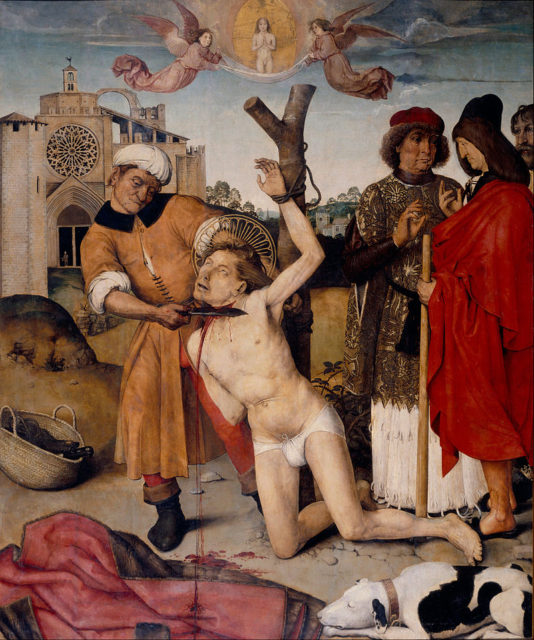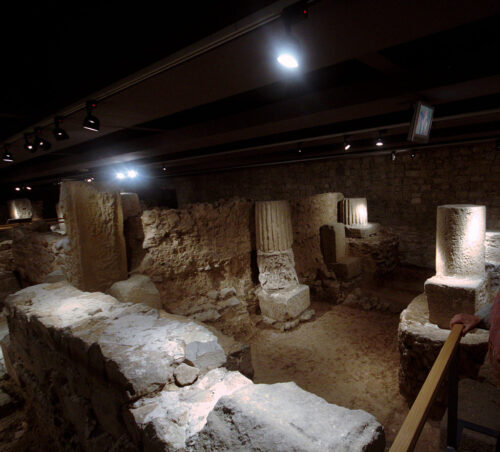Baby
Around the end of the reign of Emperor Augustus (14 AD), the shortened version of the name (Barcino) became commonly used for the town which gradually started taking the usual form of a Roman city, with a protective wall surrounding the web of streets that converged on the forum & the temple of Augustus.
Part of the Imperial Roman Province of Hispania Citerior and then Hispania Tarraconensis, Barcino enjoyed exclusion from Imperial taxation & saw its population steadily increasing & progressing economically, with wine being its main export product. A large Aqueduct still visible today at Plaça del Vuit de Març brought a clean water supply to the city for public baths and human consumption. Its population grew to 5,000 people by the 2nd Century AD.
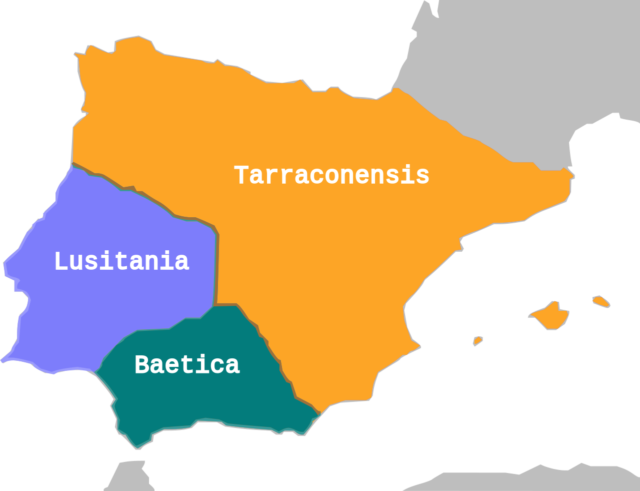
![https://www.barcelonas.com/roman-barcelona.html#gallery[pageGallery]/0/](https://historyof.eu/wp-content/uploads/2017/07/Roman-Barcino-by-barcelonas-com-640x312.jpg)
The first raids by the Germanic tribes started around 250 AD coinciding with the emergence of the first Christian communities in Tarraconensis. In 260 the Germanic Franks sack the city of Tarraco (current city of Tarragona) forcing Emperor Claudius II to improve Barcino’s fortifications in the latter years of the 3rd century. Barcino‘s fortifications became the strongest in the whole Province, increasing the city’s importance and prospects.
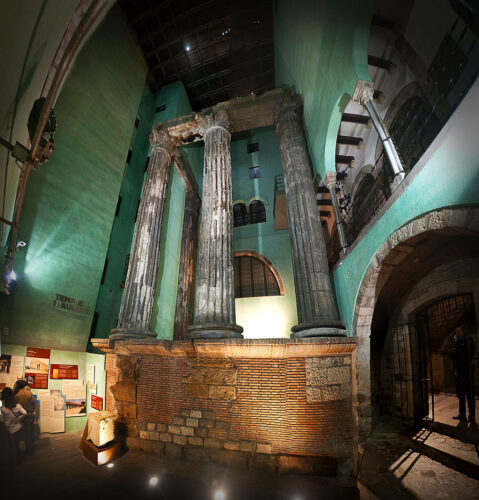
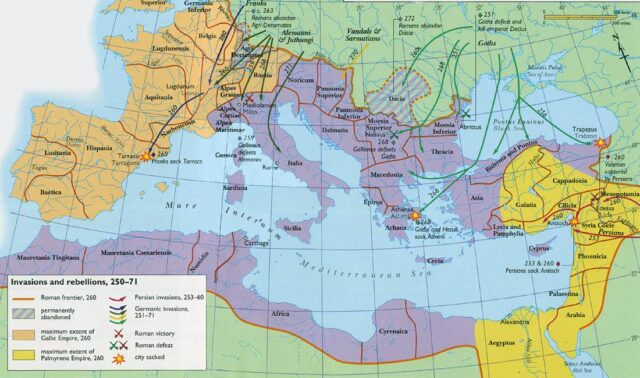
In the latter half of the 3rd century, the first Christian community in Barcino was established with the city having its first martyr Saint Cucuphas at the start of the 4th century. The widespread persecutions that had started under Emperor Diocletian ended in 313 AD after the Edict of Milan. The city attained its first Christian Bishop before 347 AD and its first Paleochristian temple, erected at the site of the modern Cathedral at the end of the 4th century.
